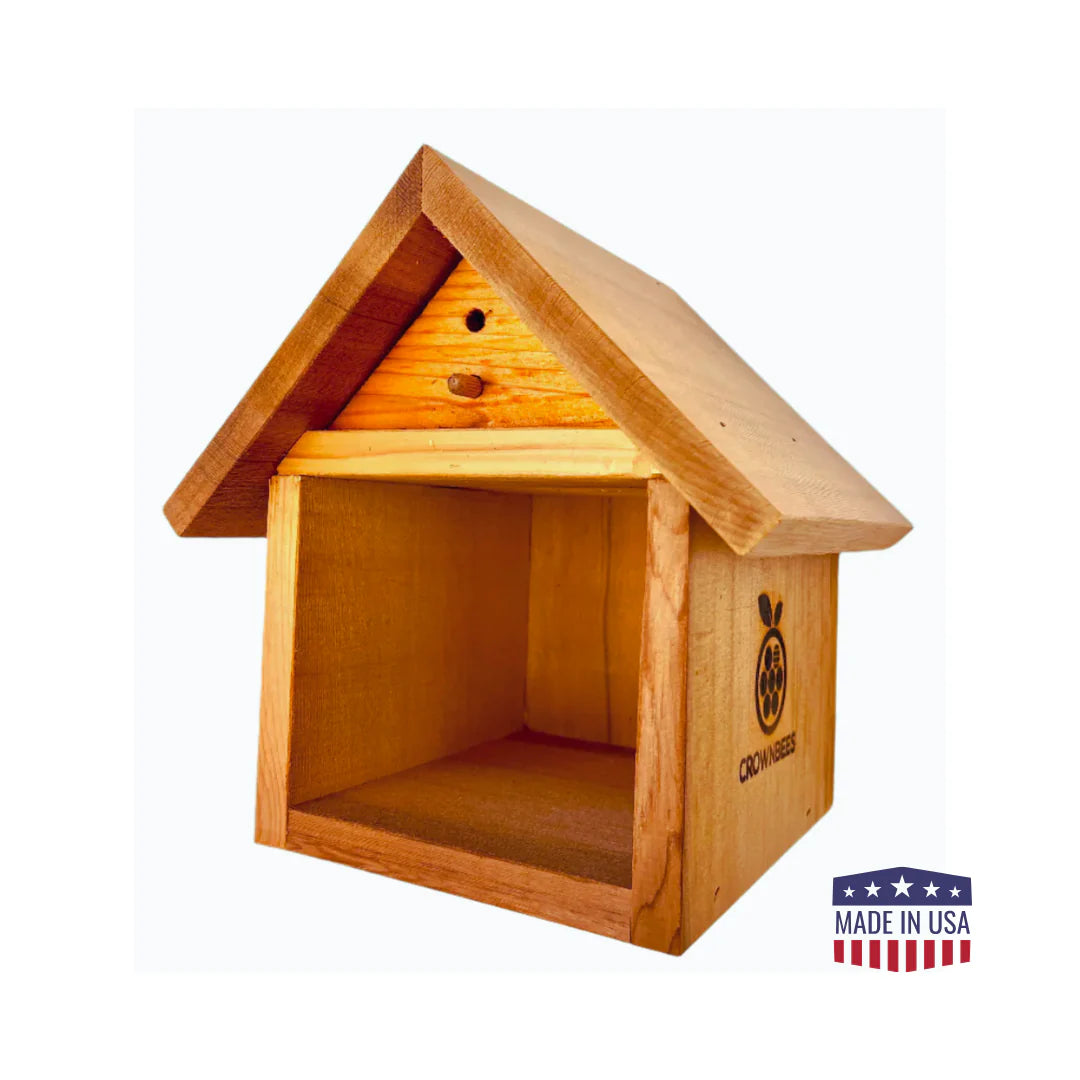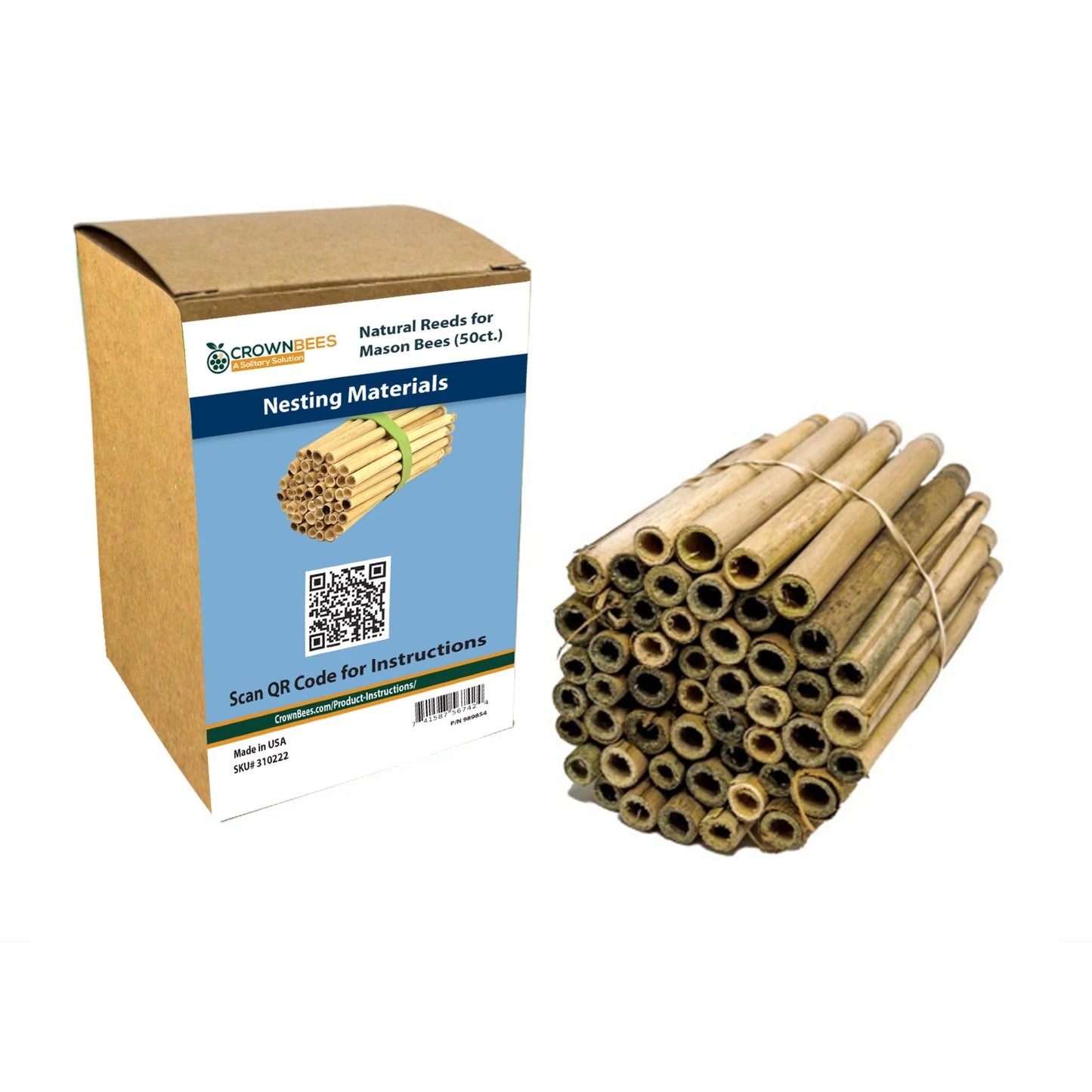
Each month our Bee Informed Blog highlights current news, science, and research related to solitary bee conservation, food insecurity, and sustainability.
1. Australia is in a unique position to eliminate the bee-killing Varroa mite. Here’s what happens if we don’t
(The Conversation) Varroa mites – notorious honey bee parasites – have recently reached Australian shores, detected at the Port of Newcastle in New South Wales last year. If they establish here, there would be significant implications for agricultural food security, as honey bees are heavily relied on for the pollination of many crops.
However, while Australia is the last continent to be invaded by the mite, it has an opportunity to be the first to eradicate it. Continue reading...

2. 9 native grasses that will revitalize your sad, water-wasting lawn
(popsci.com, By Helen Bradshaw) The most irrigated crop in the US isn’t a particularly tasty one. Nationwide, lawn grass takes up a total area bigger than the size of Georgia, and requires more than 300 gallons of watering per household a day. “These turf grasses have really short roots, so they require nearly a constant input of water,” says Becky Barak, a conservation scientist at the Chicago Botanic Garden and leader of theRethinking Lawns Project.
The traditional American lawn, which often holds non-native species from Africa, Asia, and Europe, can be great for kids and dogs to run around on. But there are tons of native plantings that decrease water and pesticide use, reduce time and energy spent on mowing, absorb stormwater, and provide real habitat for wildlife. Not to mention, they make an incredible backdrop in the process. “Some native grasses can be mowed to look more like traditional turf grasses,” Barak says. “But then there are others that are beautiful and can add so much visual appeal and a totally different look.” Continue reading...

3. Our Better Nature: Bee Kind to Wasps
(The Saturday Evening Post, By Paul Hetzler) Solitary wasps, which by the way are much friendlier than social wasps, are generally bigger than other wasps. Because of their size, they can prey on larger insect pests such as locusts and emerald ash borers. Though each female wasp digs her own hole, a lot of these mini-nests can be concentrated in an area. You may have crossed a sandy lot and seen holes made by such creatures. If they were very active at the time, you might have been freaked out as they emergeden masse to see if you were the Uber Eats person delivering the bugs they ordered. These types of wasps rarely sting, except maybe if someone messes up their lunch order.
After paralyzing a bug with her sting, Ma Wasp carts it home, stuffs it down the nest-hole and injects eggs into it so her babies can hatch and eat their way out of the hapless victim. This is helpful in terms of controlling insect pests, but not very neighborly. One of the largest such critters in North America is called the cicada-killer wasp, a fearsome-looking assassin that is completely harmless. Unless you are a cicada. Continue reading...

4. Urbanization leads to more pathogens and inbreeding of wild bees, study finds
(PYS.ORG, by York University) Wild bees living in cities like Toronto are facing increased environmental stressors compared to those in rural and even suburban areas, such as more pathogens and parasites, found researchers at York University.
They also found changes in the microbiomes of wild bees living in densely urban areas and fragmented habitats, which makes it more difficult for the bees to access food sources, ideal nesting areas and mates. Continue reading...

To stay up-to-date on bee-raising tips and reminders, events, pollinator research, and sustainability insights, sign up for our monthly BeeMail newsletter and follow us on social media!


